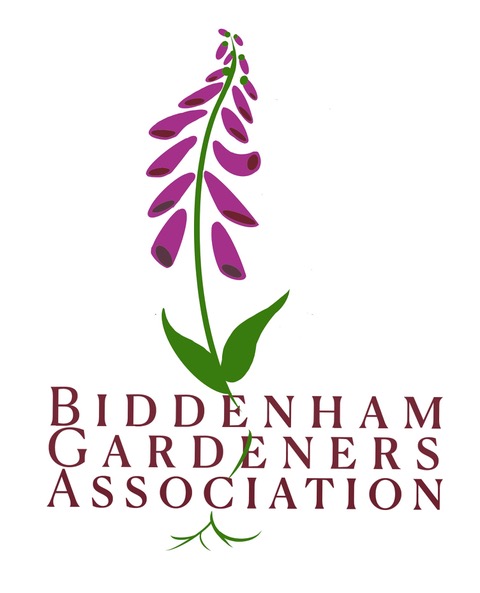Peter Bradley
July 16th
 Linda then introduced the speaker, Peter Bradley, who has been Senior Site Manager at RSPB Sandy for 20 years. Peter started his talk with the history of the site at Sandy. The Greensand Ridge land was purchased by Captain William Peel in 1850 and he built The Lodge which is used today for the RSPB shop and also Peter’s office. Captain Peel died in 1858 in the Indian Mutiny and the land was passed to his brother, Arthur, who built the main house in 1870. In 1934, the house and land were sold to Sir Malcolm Stuart who established the gardens around the house. The RSPB acquired the site in 1961 as they needed a bigger headquarters for the growing organisation. The RSPB conducts research to promote wildlife and has approximately 1.2 million members with 200 reserves across the UK.
Linda then introduced the speaker, Peter Bradley, who has been Senior Site Manager at RSPB Sandy for 20 years. Peter started his talk with the history of the site at Sandy. The Greensand Ridge land was purchased by Captain William Peel in 1850 and he built The Lodge which is used today for the RSPB shop and also Peter’s office. Captain Peel died in 1858 in the Indian Mutiny and the land was passed to his brother, Arthur, who built the main house in 1870. In 1934, the house and land were sold to Sir Malcolm Stuart who established the gardens around the house. The RSPB acquired the site in 1961 as they needed a bigger headquarters for the growing organisation. The RSPB conducts research to promote wildlife and has approximately 1.2 million members with 200 reserves across the UK.
When the RSPB took over the site it was populated by many non-native conifers which destroyed the original heathland and its diverse wildlife. A two year project was undertaken to remove the conifers and restore the land to heathland. During this process, it was discovered that, in the 1940s, the site had been used as an ammunition dump and several grenades were found. Many volunteers helped to harvest heather seed pods from the site and the seeds were used to restore the site. Contractors, staff and volunteers cleared other emerging plants such as bramble, birch and bracken to enable the heather to establish. These days, this task is assisted by Spring/Summer grazing of Dartmoor ponies.
In addition to the heathland, the site has bare ground areas, acid grassland, 80 hectares of native woodland and 40 hectares of land currently quarried by Tarmac which provides another habitat of cliffs and dry riverbeds.
These habitats attract many invertebrates, including Green Tiger beetles and Ruby Tailed wasps, birds such as Sandmartins, Little Owls, Peregrine Falcons, Hobbies and Dartford Warblers and Natterjack Toads which breed in the shallow ponds created by the RSPB.
The gardens around the main house are now managed with wildlife in mind. No pesticides or fertilisers are used and the garden is stocked with plants to attract butterflies and bees. Seed heads are left on plants for winter food and the lawns are kept short by grazing Greylag geese.
Peter illustrated his talk with wonderful photographs of the site featuring the diverse plants, 700 species of fungi and varied wildlife that the restoration has enabled to return.
Linda thanked Peter for sharing his expertise and knowledge as he told the story of RSPB Sandy.
Liz promoted the Biddenham Show which will be held on Sunday, 8th September. The BGA have a plant stall at the show and will also provide support for running the show tent. Liz asked for people to sign up to cover half hour slots if possible.
The evening concluded with everyone enjoying the excellent refreshments of cheese and wine provided by Liz and her team.
Chris Charlton
New members and visitors are always welcome.
For more information see www.biddenhamgardenersassociation.org.uk



